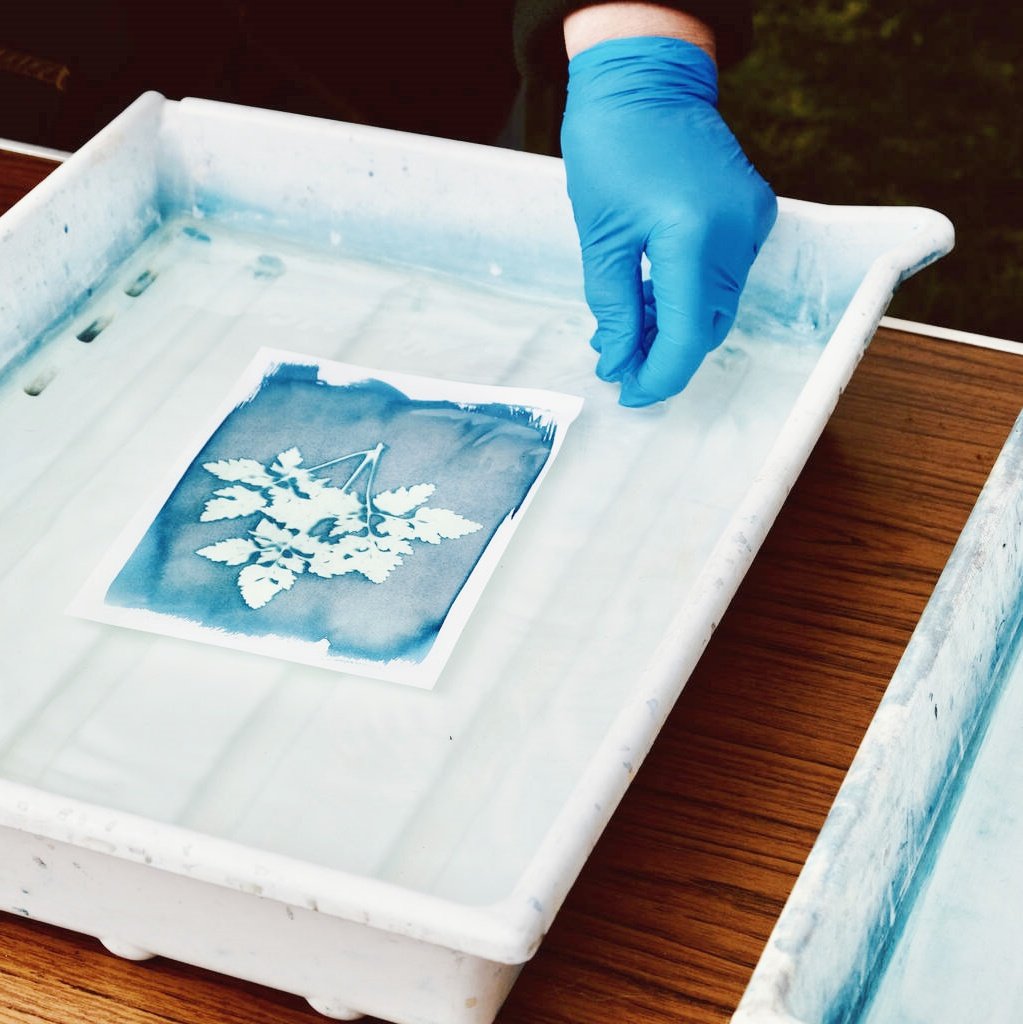In exploring the art and technology of silkscreen printing, Plastisol Ink Paint Thinner is undoubtedly an indispensable element. This article will delve into the definition and characteristics of Plastisol Ink Paint Thinner and its crucial role in silkscreen printing processes.
I. Basic Understanding of Plastisol Ink Paint Thinner
1.1 Definition of Plastisol Ink Paint Thinner
Plastisol Ink Paint Thinner, a chemical agent specifically used to adjust the viscosity of plastisol inks, is typically composed of solvents, surfactants, and other additives. It aims to improve the fluidity and uniformity of the ink, making it easier to print while maintaining its excellent color performance and opacity.
1.2 The Importance of Plastisol Ink Paint Thinner
In silkscreen printing, the viscosity of the ink is crucial to the printing effect. Excessively high viscosity may cause the ink to be difficult to pass through the mesh, resulting in unclear printing or mesh clogging issues. Conversely, too low viscosity may lead to excessive ink flow, making it difficult to accurately control the outline of the printed pattern. Therefore, the addition of Plastisol Ink Paint Thinner becomes a key step in adjusting the ink viscosity to ensure printing quality.
II. The Role of Plastisol Ink Paint Thinner in Silkscreen Printing
2.1 Improving Ink Fluidity
Plastisol Ink Paint Thinner reduces the viscosity of the ink, making it easier to flow on the mesh, thereby ensuring that the ink can evenly and quickly cover the entire printing area. This characteristic is particularly important for printing large-area patterns or patterns requiring fine lines.
2.2 Enhancing Printing Clarity
By adjusting the viscosity of the ink, Plastisol Ink Paint Thinner helps reduce clogging and blurring during the printing process, thereby improving the clarity and edge sharpness of the printed pattern. This is significant for high-precision printing applications such as advertising signage and packaging printing.
2.3 Saving Ink Costs
Adding an appropriate amount of Plastisol Ink Paint Thinner can extend the lifespan of the ink and reduce waste. At the same time, by optimizing the viscosity of the ink, printing efficiency can be improved, further lowering production costs.
2.4 Enhancing Ink Adaptability
The addition of Plastisol Ink Paint Thinner allows the ink to better adapt to different types of printing materials and equipment. Whether it’s soft textiles or rigid plastics, by adjusting the viscosity of the ink, ideal printing effects can be achieved.
III. The Relationship Between Plastisol Ink Paint Thinner and Other Plastisol Ink Products
3.1 Plastisol Ink Opaque Reflex Blue
Opaque Reflex Blue Plastisol Ink is a special color ink with a bright blue hue and strong reflective properties. Its vivid blue color and intense reflective effect make the printed pattern visually more eye-catching and attractive. When adding Plastisol Ink Paint Thinner, special attention should be paid to controlling the dilution ratio to ensure that the color saturation and reflective effect of the ink are not affected.
3.2 Plastisol Ink Pail
A Plastisol Ink Pail is a common container for storing and transporting plastisol inks. When selecting and using a Plastisol Ink Pail, factors such as the type, quantity, and storage conditions of the ink need to be considered. At the same time, it is necessary to ensure compatibility between Plastisol Ink Paint Thinner and the ink in the pail to avoid chemical reactions or quality degradation.
3.3 Plastisol Ink Pakistan
Plastisol Ink Pakistan is renowned for its rich colors and high-quality printing effects. However, ink products from different regions may vary. Therefore, when selecting and using them, adjustments need to be made according to specific requirements. When using Plastisol Ink Paint Thinner, it is necessary to understand the characteristics and dilution requirements of local ink products to ensure the best printing effects.
3.4 Plastisol Ink Pantone
Pantone-matched Plastisol Ink is an ink formulated according to the Pantone color system. It meets customers’ requirements for color accuracy and consistency. When using Plastisol Ink Paint Thinner, it is necessary to ensure that the diluted ink still maintains the accuracy and stability of the Pantone color.
IV. Tips and Precautions for Using Plastisol Ink Paint Thinner
4.1 Control of Dilution Ratio
The dilution ratio is a key factor affecting the printing effect of the ink. Excessive addition of Plastisol Ink Paint Thinner may result in excessively low ink viscosity, affecting printing clarity; insufficient addition may make the ink too viscous to print. Therefore, it is necessary to strictly control the dilution ratio during use and adjust it according to actual printing needs.
4.2 Mixing Uniformity
When adding Plastisol Ink Paint Thinner, it is necessary to ensure that the ink and thinner are fully mixed evenly. A mixer or manual stirring can be used for mixing to ensure consistent ink viscosity and stable printing effects.
4.3 Storage and Preservation
Plastisol Ink Paint Thinner should be stored in a cool, dry, and well-ventilated place, avoiding direct sunlight and high-temperature environments. At the same time, it is necessary to regularly check the shelf life and quality status of the ink and thinner to ensure their normal use and printing effects.
4.4 Safety Considerations
When using Plastisol Ink Paint Thinner, personal safety and environmental protection need to be considered. Wear appropriate protective equipment such as gloves, masks, and goggles to avoid direct contact with skin and eyes. At the same time, ensure that the workplace is well-ventilated to avoid the accumulation of harmful gases.
V. Case Studies and Practical Applications
5.1 Case Study One: Advertising Signage Printing
In an advertising company’s signage printing project, the client required the use of blue ink with a strong reflective effect. To meet the client’s needs, Opaque Reflex Blue Plastisol Ink was selected, and an appropriate amount of Plastisol Ink Paint Thinner was added to reduce the ink viscosity. After multiple trials and adjustments, a satisfactory printing effect was finally obtained, and the client highly recognized the printing quality.
5.2 Case Study Two: Textile Printing
In the field of textile printing, the addition of Plastisol Ink Paint Thinner is crucial for improving the fluidity and adaptability of the ink. A textile printing factory successfully solved the problem of difficult uniform coverage of the ink on textiles by adding an appropriate amount of thinner when using Plastisol Ink Pakistan. This improved printing efficiency and product quality.
Conclusion
In summary, Plastisol Ink Paint Thinner plays a vital role in silkscreen printing processes. It not only improves ink fluidity, enhances printing clarity, and saves ink costs but also enhances ink adaptability and meets diverse customer needs. At the same time, attention needs to be paid to controlling the dilution ratio, mixing uniformity, storage and preservation, and safety considerations when using it. Through continuous practice and optimization, we can better utilize Plastisol Ink Paint Thinner to improve the quality and efficiency of silkscreen printing processes.


